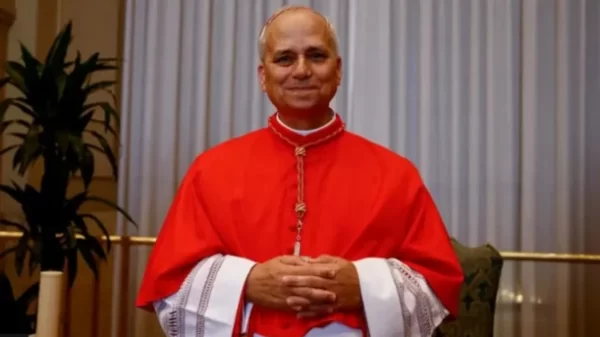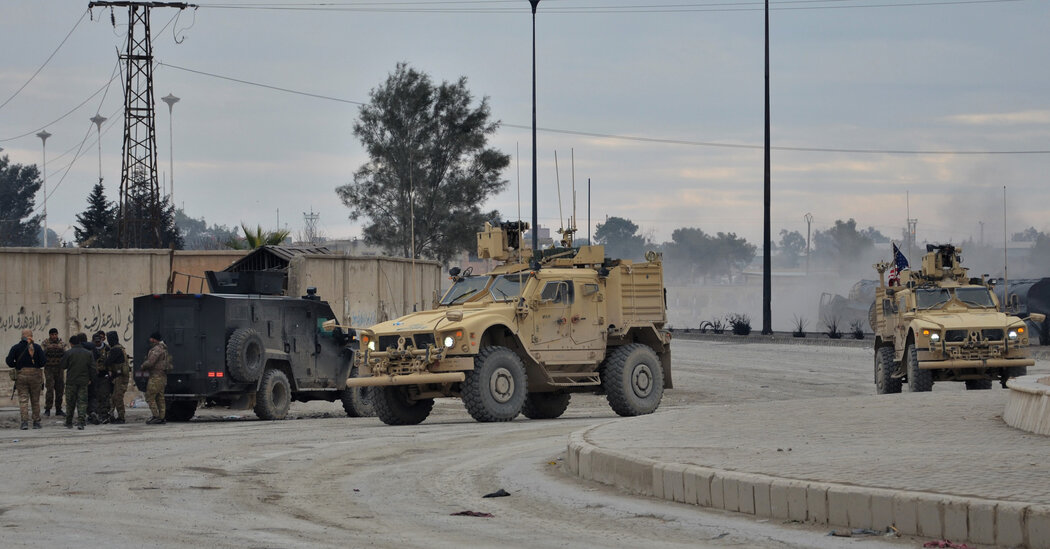The battle over a prison in northeastern Syria has highlighted the plight of thousands of foreign children brought to the Islamic State caliphate in Syria by their parents and who have been detained for three years in camps and prisons in the region, abandoned by their own countries.
The inmates in the embattled Sinaa prison in the city of Hasaka include boys as young as 12, some of them Syrians, Iraqis and about 150 non-Arab foreigners. Some had been transferred to the prison after they were deemed too old to remain in detention camps that held families of suspected Islamic State fighters.
The Syria director for Save the Children, Sonia Khush, said those detaining the children were responsible for their safety. But she also blamed the foreign governments for not repatriating their imprisoned citizens and their children.
“Responsibility for anything that happens to these children also lies at the door of foreign governments who have thought that they can simply abandon their child nationals in Syria,” Ms. Khush said. “Risk of death or injury is directly linked to these governments’ refusal to take them home.”
At its peak, the Islamic State held territory the size of Britain straddling Iraq and Syria. An estimated 40,000 foreigners, including children, made their way to Syria to fight or work for the caliphate. Thousands of them brought their young children. Other children were born there.
When the last piece of territory under the control of ISIS, in Baghuz, Syria, fell three years ago, surviving women and young children were put in detention camps while suspected fighters and boys, some as young as 10, were sent to prison.
The main detention camp for ISIS families, Al Hol, is squalid, overcrowded and dangerous, and lacks sufficient food, medical services, and guards, fostering an increasingly radicalized segment of detainees who terrorize other camp residents.
When the boys at the camps become teenagers, they are usually transferred to Sinaa prison in Hasaka, where they are packed into overcrowded cells without access to sunlight. There is insufficient food and medical care, according to prison guards in the region.
When they reach age 18, the youths are placed with the general prison population, where wounded ISIS fighters sleep three to a bed. None of the non-Syrian detainees have been charged with a crime or gone to trial.




























